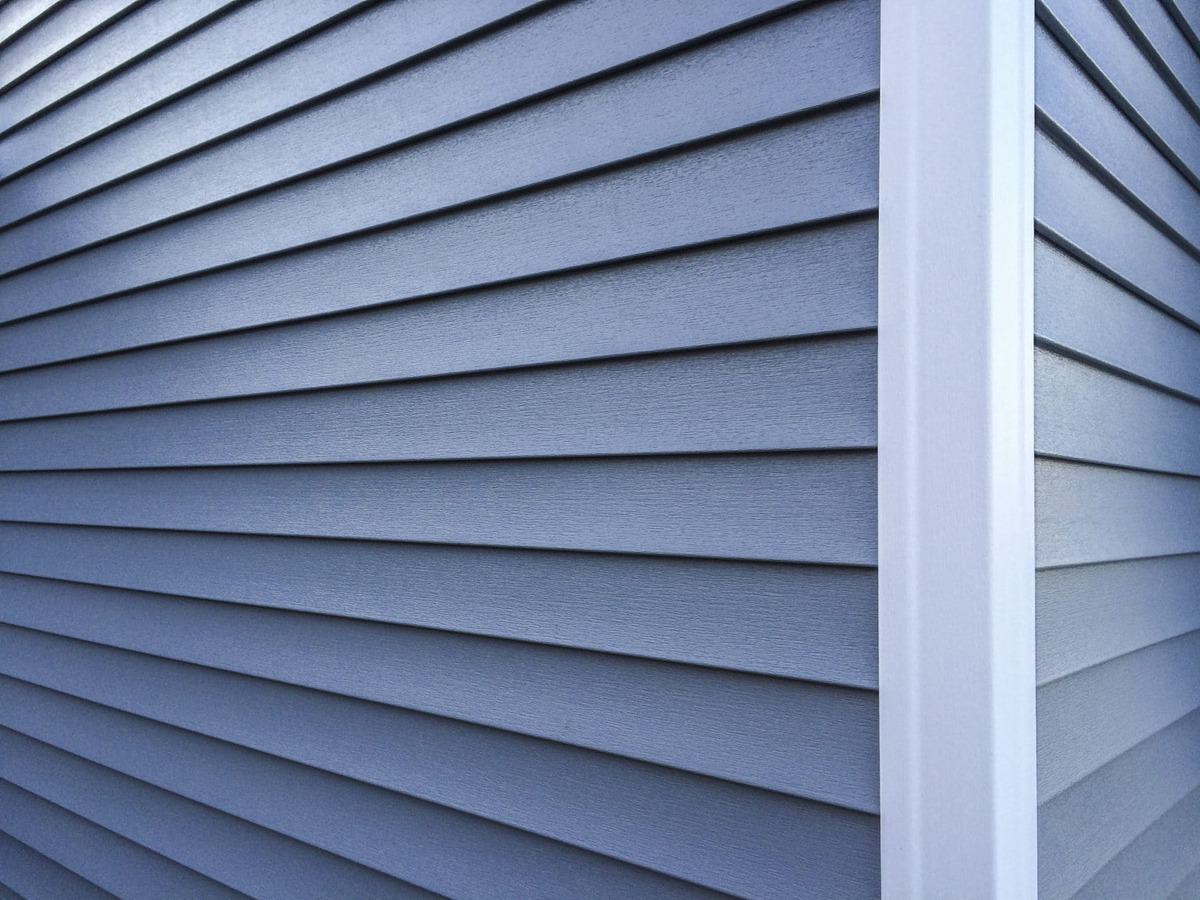

Articles
What Is Siding
Modified: October 20, 2024
Discover everything you need to know about siding with our informative articles. From types of siding to installation tips, we've got you covered.
(Many of the links in this article redirect to a specific reviewed product. Your purchase of these products through affiliate links helps to generate commission for Storables.com, at no extra cost. Learn more)
Introduction
Welcome to the world of siding! When it comes to protecting and enhancing the exterior of your home, siding plays a vital role. It not only adds a layer of insulation and shields your home from the elements, but it also contributes to the overall aesthetics of your property. Whether you’re building a new house or looking to update the current siding, understanding the different types of siding materials, their advantages, and disadvantages can help you make an informed decision.
Siding is essentially the outer covering or cladding of a building that protects the underlying structure from moisture, debris, and extreme weather conditions. It acts as a barrier against water infiltration, insulates the home, and improves its curb appeal. Siding not only adds visual appeal but also provides structural support to the building.
There are various types of siding materials available, each with its own set of characteristics, pros, and cons. From classic options like wood and vinyl to more modern choices like fiber cement and metal, the choices can be overwhelming. Consider factors such as durability, maintenance requirements, cost, and environmental impact when selecting the right siding material for your home.
Once you’ve settled on a particular siding material, you’ll need to understand the installation process and the maintenance involved. Proper installation is crucial to ensure the siding performs optimally and remains durable. Additionally, regular maintenance and care are important to prolong the lifespan of the siding and keep it looking its best.
In this comprehensive guide, we will explore the different types of siding materials, delve into the advantages and disadvantages, discuss the factors to consider when choosing siding, and offer insights into the installation, maintenance, and common issues associated with siding. By the end of this article, you’ll be well-equipped to make an informed decision about the best siding option for your home.
Key Takeaways:
- Siding is a multifaceted investment, offering protection, aesthetics, and energy efficiency. Understanding material options, installation, and maintenance is crucial for informed decision-making and long-term satisfaction with your home’s exterior.
- The cost of siding installation varies based on material, home size, labor, and location. Obtaining multiple quotes and considering long-term value can help homeowners make a budget-conscious and quality-driven decision.
Read more: What Is Side Porch
Overview of Siding
Siding is an essential component of any home’s exterior, providing both protection and aesthetics. It serves as the outer layer that shields the building from the elements and enhances its curb appeal. The main purpose of siding is to protect the underlying structure from moisture, wind, UV rays, and other environmental factors that can cause damage.
There are several types of siding materials available in the market, each with its own unique characteristics and benefits. Here’s a brief overview of the most common types:
- Wood Siding: Considered a classic choice, wood siding offers a natural and timeless appeal. It can be crafted from various types of wood, such as cedar, pine, or redwood. Wood siding requires regular maintenance, including staining or painting to protect it from moisture and UV damage.
- Vinyl Siding: Vinyl siding is one of the most popular choices due to its affordability, low maintenance requirements, and wide range of styles and colors. It is made from PVC (polyvinyl chloride) and can mimic the look of wood, stone, or other materials. Vinyl siding is resistant to fading, warping, and pests.
- Fiber Cement Siding: Fiber cement siding is a durable and versatile option that combines the appearance of wood with the durability of cement. It is made from a mixture of cellulose fibers, cement, and sand. Fiber cement siding is resistant to termites, fire, and rot. It can be painted in various colors and textures.
- Metal Siding: Metal siding, commonly made from aluminum or steel, is known for its longevity and resilience. It is resistant to pests, rot, and fire. Metal siding is available in a range of styles, including traditional horizontal panels or modern standing seam designs.
- Brick Siding: Brick siding offers a classic and elegant look to any home. It is durable, requires minimal maintenance, and is resistant to fire and pests. Brick siding is known for its excellent insulation properties, helping to regulate temperature and reduce energy costs.
Each type of siding material has its own set of advantages and disadvantages, so it’s essential to consider factors such as cost, durability, maintenance requirements, and architectural style when choosing the right siding option for your home.
In the following sections, we will explore the benefits and drawbacks of each type of siding material in more detail. By understanding the characteristics of different siding options, you can make an informed decision based on your specific needs, budget, and preferences.
Different Types of Siding Materials
Choosing the right siding material for your home is crucial, as it not only affects the overall look and feel of your property but also determines the level of maintenance required and the durability of the siding. Here are the different types of siding materials commonly used:
- Wood Siding: Wood siding offers a classic, natural, and timeless look. It is available in various options, including cedar, pine, redwood, and more. Wood siding provides excellent insulation and can last for decades if properly maintained. However, it requires regular maintenance, such as staining or painting, to protect it from moisture, rot, and pests.
- Vinyl Siding: Vinyl siding is one of the most popular choices due to its affordability, versatility, and low maintenance requirements. It is made from PVC (polyvinyl chloride) and is available in a wide range of colors, styles, and textures. Vinyl siding is resistant to pests, rot, and fading. It also offers good thermal insulation, which can help reduce energy costs.
- Fiber Cement Siding: Fiber cement siding is a composite material made from a mixture of cellulose fibers, cement, and sand. It is known for its durability, versatility, and resistance to rot, fire, and pests. Fiber cement siding can mimic the appearance of wood, stucco, or masonry. It is available in a variety of colors and textures and requires minimal maintenance.
- Metal Siding: Metal siding, typically made from aluminum or steel, is durable, low maintenance, and offers a sleek and modern look. It is resistant to fire, pests, and rot. Metal siding is available in different styles, such as vertical panels, horizontal panels, or standing seam designs. It is also energy-efficient and can be recycled at the end of its lifespan.
- Brick Siding: Brick siding is a popular choice for its durability, timeless appeal, and excellent insulation properties. It is made from clay or concrete bricks and provides a classic and elegant look to any home. Brick siding requires minimal maintenance and is resistant to fire, pests, and rot. It also offers natural soundproofing and thermal insulation.
- Stone Siding: Stone siding, whether natural or manufactured, adds a luxurious and unique charm to any home. It comes in various options, such as limestone, granite, or cultured stone, and can be installed as individual stones or in panels. Stone siding is highly durable, low maintenance, and offers excellent protection against fire, pests, and weather conditions.
Each type of siding material has its own advantages and disadvantages, so it’s important to consider factors such as cost, durability, maintenance requirements, climate suitability, and architectural style when selecting the right siding material for your home.
Now that you have an understanding of the different types of siding materials available, let’s delve deeper into the pros and cons of each option so you can make an informed decision.
Advantages of Siding
Siding offers numerous advantages when it comes to protecting and enhancing your home’s exterior. Here are some key benefits of siding:
- Weather Protection: One of the primary advantages of siding is its ability to shield your home from the elements. Siding acts as a protective barrier, preventing moisture, wind, and UV rays from penetrating the underlying structure. This helps to prevent water damage, mold growth, and structural deterioration.
- Enhanced Curb Appeal: Siding plays a significant role in improving the aesthetic appeal of your home. With a wide range of colors, textures, and styles available, you can choose a siding material that complements the architectural style and personal taste. Installing new siding can give your home a fresh look and increase its value in the real estate market.
- Increased Energy Efficiency: Certain siding materials, such as insulated vinyl or fiber cement siding, offer improved insulation properties. This can help reduce heat transfer between the interior and exterior of your home, resulting in better energy efficiency. Reduced energy consumption translates to lower utility bills and a smaller carbon footprint.
- Low Maintenance: Many siding materials require minimal maintenance, making them an attractive option for homeowners. Vinyl, fiber cement, and metal siding, for example, do not need to be painted or stained regularly and can be cleaned easily with a gentle soap and water solution. This saves both time and money in the long run.
- Durability: Siding materials such as fiber cement, metal, and brick are known for their durability and resistance to damage. They can withstand harsh weather conditions, including high winds, heavy rains, and extreme temperatures. This ensures that your home remains protected and maintains its appearance for years to come.
- Versatility: Siding materials offer versatility in terms of design options. From traditional styles to modern and contemporary looks, there are various siding profiles and textures to choose from. This allows you to customize the exterior of your home according to your preferences and create a unique and personalized look.
These advantages make siding an excellent investment for homeowners. It not only enhances the beauty of your home but also adds value, protection, and energy efficiency. Whether you opt for wood, vinyl, fiber cement, metal, brick, or stone siding, the benefits are sure to enhance your overall living experience.
Now that we’ve explored the advantages of siding, let’s take a closer look at some of its potential drawbacks.
Disadvantages of Siding
While siding offers numerous advantages, it is important to consider the potential disadvantages before making a decision. Here are some of the common drawbacks associated with siding:
- Cost: The cost of siding, including materials and installation, can vary significantly depending on the type of siding material you choose. Some materials, such as wood or stone, can be more expensive compared to vinyl or fiber cement. Additionally, if you opt for a high-end or custom design, the cost can increase further.
- Maintenance: Although many siding materials require low maintenance, some types, such as wood siding, need regular upkeep. Wood siding often requires painting or staining every few years to maintain its appearance and protect it from moisture and pests. Failure to properly maintain the siding can result in rot, warping, or insect infestations.
- Durability: While most siding materials are durable, some are more susceptible to damage than others. Vinyl siding, for example, can become brittle in extreme temperatures, leading to cracks or breaks. Metal siding can dent or scratch if hit by a heavy object. Understanding the durability of the chosen siding material is essential in ensuring its long-term performance.
- Color Fading: Over time, some siding materials, particularly vinyl and wood, may experience color fading due to exposure to sunlight and the elements. This can result in a less vibrant appearance and may require repainting or replacement to restore the desired look. Opting for fade-resistant materials or lighter shades can help mitigate this issue.
- Limitations in Design: Certain siding materials, especially vinyl, may have limitations when it comes to achieving intricate or custom designs. While they offer a wide range of colors and styles, they may not be able to replicate the authentic look of materials like wood or stone. If architectural authenticity is a priority, alternative materials might be more suitable.
- Environmental Impact: The production and disposal of certain siding materials, such as vinyl, can have environmental implications. Vinyl siding is made from PVC, which is derived from petroleum. Manufacturing and disposing of vinyl can release toxic chemicals into the environment. Choosing eco-friendly and sustainable siding materials can help reduce the environmental impact.
By considering these potential disadvantages, you can make an informed decision about which siding material is best suited for your home and your specific needs. It is crucial to weigh the advantages and disadvantages against your budget, aesthetic preferences, maintenance capabilities, and environmental concerns.
Now that we have explored the potential drawbacks of siding, let’s dive into the factors that you should consider when choosing the right siding material for your home.
Read more: What Is Eifs Siding
Factors to Consider when Choosing Siding
Choosing the right siding material for your home is an important decision that involves considering various factors. Here are some key factors to consider when selecting the most suitable siding for your needs:
- Climate: The climate in which you live plays a significant role in determining the best siding material. Consider the average temperature ranges, humidity levels, and the presence of extreme weather conditions such as heavy rain, strong winds, or intense sunlight. Certain siding materials, like vinyl or fiber cement, are highly durable and resistant to these elements, making them ideal for areas with harsh climates.
- Maintenance: Evaluate the maintenance requirements of different siding materials and consider your willingness and ability to perform regular upkeep. Wood siding, for example, needs periodic painting or staining, while vinyl or fiber cement siding requires minimal maintenance. Factor in your lifestyle and the time and effort you can dedicate to maintaining your siding.
- Budget: Consider your budget for the initial installation and long-term maintenance of the siding. Keep in mind that while some materials may have a higher upfront cost, they may require less maintenance and have a longer lifespan. Make a realistic assessment of your financial resources to determine which siding material best fits your budget.
- Aesthetic Appeal: The appearance and style of your home are important considerations when selecting siding. Choose a material and design that complements the architectural style and enhances the curb appeal of your home. Consider the range of colors, textures, and profiles available for each siding material and envision how it will look alongside other exterior elements.
- Energy Efficiency: If energy efficiency is a priority, consider siding materials that offer good insulation properties. Insulated vinyl, fiber cement, or brick siding can help regulate indoor temperature, reduce energy consumption, and lower utility bills. Look for siding products with energy-efficient ratings or features that can contribute to a more energy-efficient home.
- Eco-Friendliness: For environmentally conscious homeowners, consider the environmental impact of different siding materials. Opt for eco-friendly options such as sustainable wood siding, recycled materials, or fiber cement that has a low carbon footprint. Avoid materials like vinyl that may release toxins during production or disposal.
- Longevity: Assess the expected lifespan and durability of different siding materials. Some materials, such as fiber cement or brick, have long lifespans and require minimal repairs or replacements. Consider the warranty offered by manufacturers and the track record of the chosen siding material in terms of performance and longevity.
- Architectural Compatibility: Consider how the chosen siding material will complement the architectural style of your home. Different materials have different aesthetics and may be more suitable for specific architectural designs. Traditional homes may benefit from the natural and warm appearance of wood siding, while contemporary homes may look sleek and modern with metal or fiber cement siding.
By carefully considering these factors, you can narrow down your options and choose the siding material that aligns with your preferences, budget, and the unique characteristics of your home. Remember that no single siding material is perfect for every situation, so carefully evaluate your priorities and make an informed decision.
Now that you have a clearer understanding of the factors to consider when choosing siding, let’s move on to the next section, which explores the installation process of siding.
When choosing siding for your home, consider factors such as durability, maintenance, and aesthetic appeal. Different materials, such as vinyl, wood, and fiber cement, offer different benefits and drawbacks. Research and compare options before making a decision.
Installation Process of Siding
The installation process of siding is a crucial step in ensuring its proper functionality and longevity. While the exact process may vary depending on the type of siding material and the specific requirements of your home, here is a general overview of the installation process:
- Preparation: Before the siding installation begins, the existing siding, if any, is removed. This allows for a clean and smooth surface for the new siding to be installed on. The exterior walls may also be inspected for any necessary repairs, such as fixing damaged sheathing or replacing rotten wooden boards.
- Sheathing and Insulation: The next step involves installing or repairing the sheathing, which acts as a protective layer between the siding and the house’s structural components. Insulation may also be added to improve energy efficiency. The type of insulation used will depend on the chosen siding material and local building codes.
- Flashing: Flashing is installed around windows, doors, and other openings to prevent water infiltration. It helps direct water away from vulnerable areas and ensures proper drainage. This step is crucial in protecting the underlying structure from water damage and is especially important in areas with high rainfall or humidity.
- Siding Installation: Once the preparation work is complete, the siding installation itself can begin. Each type of siding material has its own installation process and specific requirements. Common methods include nailing, stapling, or fastening the siding to the sheathing using appropriate hardware. The siding is carefully measured and cut to fit around corners, windows, doors, and other architectural features.
- Trim and Finishing: After the siding is installed, trim pieces are added to conceal edges and create a polished look. This includes corner trims, window trims, and soffit and fascia boards. Properly installed trim and finishing details not only enhance the aesthetics but also provide additional protection against moisture infiltration.
- Sealing and Caulking: To ensure the siding is watertight and weather-resistant, sealant and caulking are applied to any gaps, joints, or seams. This helps prevent water penetration and improves the overall insulation of the home. The caulking material used should be compatible with the siding material to ensure a secure and long-lasting seal.
- Final Inspections: Once the siding installation is complete, a final inspection is typically conducted to ensure everything meets building codes and industry standards. Any necessary touch-ups or adjustments are made to ensure the quality and integrity of the installation.
It’s important to note that siding installation can be a complex process, and it is generally recommended to hire professional contractors who have experience and expertise in working with the specific siding material you choose. A professional installation ensures proper alignment, weatherproofing, and adherence to local building codes.
Now that you understand the installation process, let’s move on to the next section, which discusses the maintenance and care required to keep your siding in top condition.
Maintenance and Care for Siding
Proper maintenance and care are essential for keeping your siding in optimal condition and prolonging its lifespan. Regular maintenance not only enhances the appearance of your home but also helps prevent damage and ensures the siding continues to provide effective protection. Here are some key maintenance tips for different types of siding:
- Wood Siding: Wood siding requires regular maintenance to protect it from moisture and pests. This includes repainting or staining every few years and inspecting for any signs of rot or insect infestation. Keep the siding clean by gently washing it with soapy water and a soft brush, and make sure to remove any debris or leaves that may accumulate near the base of the siding.
- Vinyl Siding: Vinyl siding is relatively low maintenance but still requires some upkeep. Periodically clean the siding using a solution of mild detergent and water, along with a soft brush or cloth. Rinse thoroughly with water and remove any mold or mildew using a mixture of vinegar and water. Avoid using abrasive cleaners or excessive pressure when cleaning, as they can damage the surface of the siding.
- Fiber Cement Siding: Fiber cement siding is known for its durability and low maintenance requirements. Regularly inspect the siding for any signs of damage, such as cracks or chipping, and promptly repair or replace affected sections. Clean the siding with soapy water and a soft brush, and rinse thoroughly. Avoid using abrasive cleaning tools or harsh chemicals that may cause damage to the surface.
- Metal Siding: Metal siding is generally low maintenance but can benefit from occasional cleaning to remove dirt, dust, or grime. Wash the siding with mild soap and water using a soft brush or sponge, and rinse thoroughly. Inspect the siding for any signs of corrosion or damage, and touch up or repair as necessary. Apply a coat of wax or protective sealant to maintain the metal’s appearance and protect it from oxidation.
- Brick or Stone Siding: Brick and stone siding are known for their durability and longevity. Regularly inspect the siding for any cracks or loose mortar joints and repair them promptly to prevent water infiltration. Clean the siding annually using a soft brush or pressure washer, along with a mild detergent formulated for brick or stone. Avoid using excessive pressure, as it may dislodge the mortar or damage the surface.
In addition to these specific maintenance tasks, there are a few general guidelines to follow for all types of siding:
- Regularly inspect the siding for any signs of damage, such as cracks, rot, or loose panels, and address them promptly.
- Keep the surrounding areas clean by removing debris, leaves, and vegetation that may accumulate near the siding.
- Ensure proper drainage by keeping gutters and downspouts clear of blockages to prevent water from pooling or overflowing onto the siding.
- Trim any overhanging branches or foliage that may come into contact with the siding, as they can cause damage or promote the growth of mold and mildew.
- Consider applying a protective sealant or paint to enhance the longevity and appearance of the siding, if applicable.
By following these maintenance tips and performing regular inspections, you can ensure that your siding remains in top condition and continues to provide the desired protection and aesthetic appeal for years to come.
Now that we’ve covered the maintenance and care of siding, let’s discuss some common issues that may arise and the necessary repairs.
Common Siding Issues and Repairs
Siding, like any other exterior component of your home, can experience issues over time. Understanding common siding problems and knowing the necessary repairs can help you address these issues promptly. Here are some common siding issues and their respective repairs:
- Cracks and Gaps: Over time, siding materials can develop cracks or gaps due to age, extreme weather conditions, or improper installation. Small cracks or gaps can usually be repaired by using caulk or sealant to fill in the affected areas. For larger cracks or gaps, replacement of the damaged siding panels may be necessary.
- Rot: Wood siding is particularly susceptible to rot if it is not properly maintained or exposed to excess moisture. To repair rotted wood siding, start by removing the damaged sections using a pry bar or chisel. Replace the rotted siding with new boards and ensure proper flashing and sealing to prevent future water damage.
- Mold and Mildew: Moisture accumulation or poor ventilation can lead to the growth of mold and mildew on siding surfaces. To address this issue, thoroughly clean the affected areas using a mixture of water and mild detergent or a specialized cleaner. Scrub gently with a soft brush or sponge and rinse thoroughly. Improve ventilation and address any underlying moisture issues to prevent mold and mildew growth in the future.
- Loose or Detached Siding Panels: High winds or improper installation can cause siding panels to become loose or completely detach from the exterior walls. Secure loose panels back in place using appropriate nails or fasteners. If the siding has completely detached or is severely damaged, replacement of the affected panels may be necessary to ensure a secure and weatherproof installation.
- Fading or Discoloration: Over time, some siding materials, particularly vinyl and wood, may experience color fading or discoloration due to exposure to sunlight and the elements. To restore the appearance, consider repainting or staining the siding using high-quality exterior paint or stain. Ensure proper surface preparation and follow the manufacturer’s instructions for the best results.
- Dented or Damaged Metal Siding: Metal siding can sustain dents or other damages from impacts or severe weather conditions. Small dents can often be repaired by gently hammering them out from the inside. For larger or more severe damage, replacement of the affected metal panels might be necessary to restore the integrity and aesthetics of the siding.
- Improper Installation: If the siding was improperly installed, it can lead to various issues such as water infiltration, gaps, or buckling. Correcting an improper installation may require the assistance of professional contractors who can assess the situation and take the necessary steps to rectify the problem.
It is important to note that some siding issues may require professional assistance, especially if they involve extensive damage or complicated repairs. Consulting with experienced siding contractors can help ensure that repairs are conducted correctly and that the integrity of the siding and the structure of your home are preserved.
By addressing these common siding issues promptly and taking the necessary repairs, you can maintain the functionality and aesthetics of your siding, ensuring its longevity and protection for your home.
Now that we’ve covered common siding issues and repairs, let’s move on to discussing the cost of siding installation.
Read more: What Is Metal Siding
Cost of Siding Installation
The cost of siding installation can vary depending on several factors, including the type of siding material, the size of your home, the complexity of the project, and your location. Understanding the cost factors involved can help you plan your budget accordingly. Here’s an overview of the cost considerations for siding installation:
- Siding Material: The cost of the siding material itself is a significant factor in the overall installation cost. Different materials have different price ranges. For example, vinyl siding tends to be more affordable compared to fiber cement or brick. Wood siding can vary in price depending on the type of wood chosen. Consider your budget and the long-term value when selecting the siding material.
- Size of the Home: The size of your home directly impacts the amount of siding material needed and, thus, the cost. Larger homes require more materials, resulting in higher installation costs. The number and complexity of architectural features, such as windows, doors, and corners, can also affect the amount of siding required and the overall cost.
- Labor and Installation: The labor cost for siding installation is another factor to consider. Labor costs can vary depending on the expertise of the contractor, local labor rates, and the complexity of the project. Siding installation generally involves skilled professionals who can ensure proper alignment, weatherproofing, and adherence to building codes. Obtaining multiple quotes from reputable contractors can help determine a reasonable labor cost for your project.
- Additional Preparatory Work: The condition of your home’s exterior and any necessary preparatory work can impact the installation cost. If there is existing siding that needs to be removed, repairs to the sheathing or structural components, or the addition of insulation or weatherproofing, these factors may add to the overall cost of the project. It is important to address any underlying issues before installing new siding to ensure a proper and long-lasting installation.
- Geographical Location: The cost of siding installation can also be influenced by your geographical location. Labor rates, material availability, and local building codes can vary from one region to another. In areas with higher living costs, the overall installation cost may be higher.
It is always recommended to obtain quotes from multiple siding contractors to get a better idea of the potential cost for your specific project. This will help you compare prices and make an informed decision based on your budget and the desired quality of work.
While the cost of siding installation can be a significant investment, it is important to consider the long-term value. Quality siding not only enhances the curb appeal of your home but also provides protection, insulation, and potential energy savings. Proper installation and regular maintenance can help prolong the lifespan of your siding, ensuring a good return on investment.
Now that we have covered the cost considerations, let’s conclude the article with a summary of the key points we’ve discussed.
Conclusion
Siding is an essential component of your home’s exterior, providing both protection and aesthetic appeal. Understanding the different types of siding materials, their advantages and disadvantages, and the key factors to consider during the selection process can help you make an informed decision that suits your needs and preferences.
Wood, vinyl, fiber cement, metal, brick, and stone are among the most common siding materials, each with its own unique characteristics and benefits. Wood siding offers a classic and natural look, while vinyl siding is affordable and low maintenance. Fiber cement siding provides durability and versatility, while metal siding delivers a sleek and modern appearance. Brick and stone siding offer timeless elegance and excellent insulation properties.
Considerations such as climate, maintenance requirements, budget, aesthetic appeal, energy efficiency, environmental impact, longevity, and architectural compatibility are vital when choosing the right siding material for your home.
The installation process is crucial to ensure the proper functionality and longevity of your siding. Professional installation, careful sheathing and insulation, use of appropriate flashing, and correct siding installation methods are all essential for a durable and weatherproof siding installation.
Ongoing maintenance and care are necessary to keep your siding looking its best and to prevent potential issues. Regular inspections, cleaning, repairs, and addressing common siding problems like cracks, rot, or loose panels are all important for the longevity and performance of your siding.
The cost of siding installation depends on factors such as the siding material, the size of your home, labor and installation fees, any preparatory work needed, and your geographical location. Obtaining multiple quotes from reputable contractors allows you to determine a realistic budget for your project.
By considering all these factors and making informed decisions, you can choose the right siding material, ensure proper installation, and maintain your siding for years to come. Siding not only protects your home but also enhances its beauty and value, making it a worthwhile investment.
In conclusion, siding is more than just an exterior covering – it is a crucial element in safeguarding your home, expressing its character and style, and providing insulation. Choose wisely, maintain diligently, and enjoy the benefits that siding brings to your home for many years to come.
Frequently Asked Questions about What Is Siding
Was this page helpful?
At Storables.com, we guarantee accurate and reliable information. Our content, validated by Expert Board Contributors, is crafted following stringent Editorial Policies. We're committed to providing you with well-researched, expert-backed insights for all your informational needs.
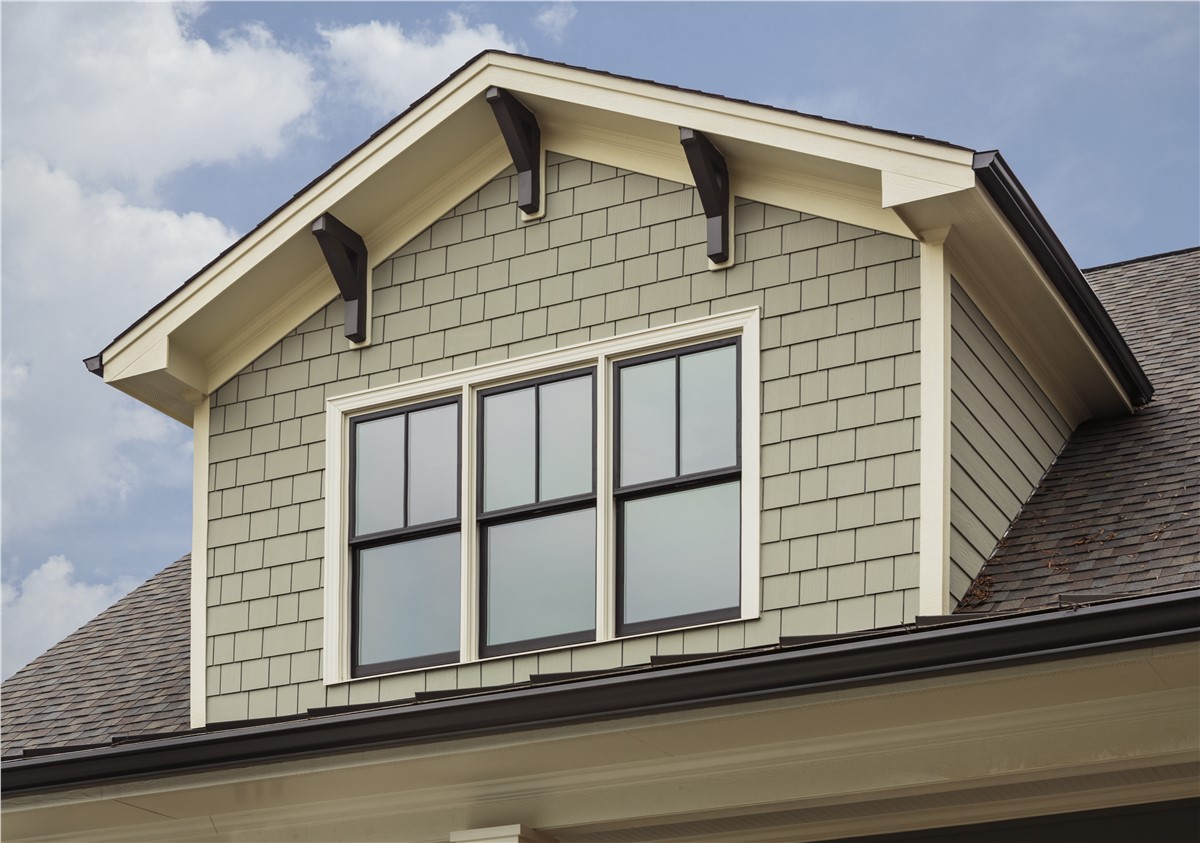
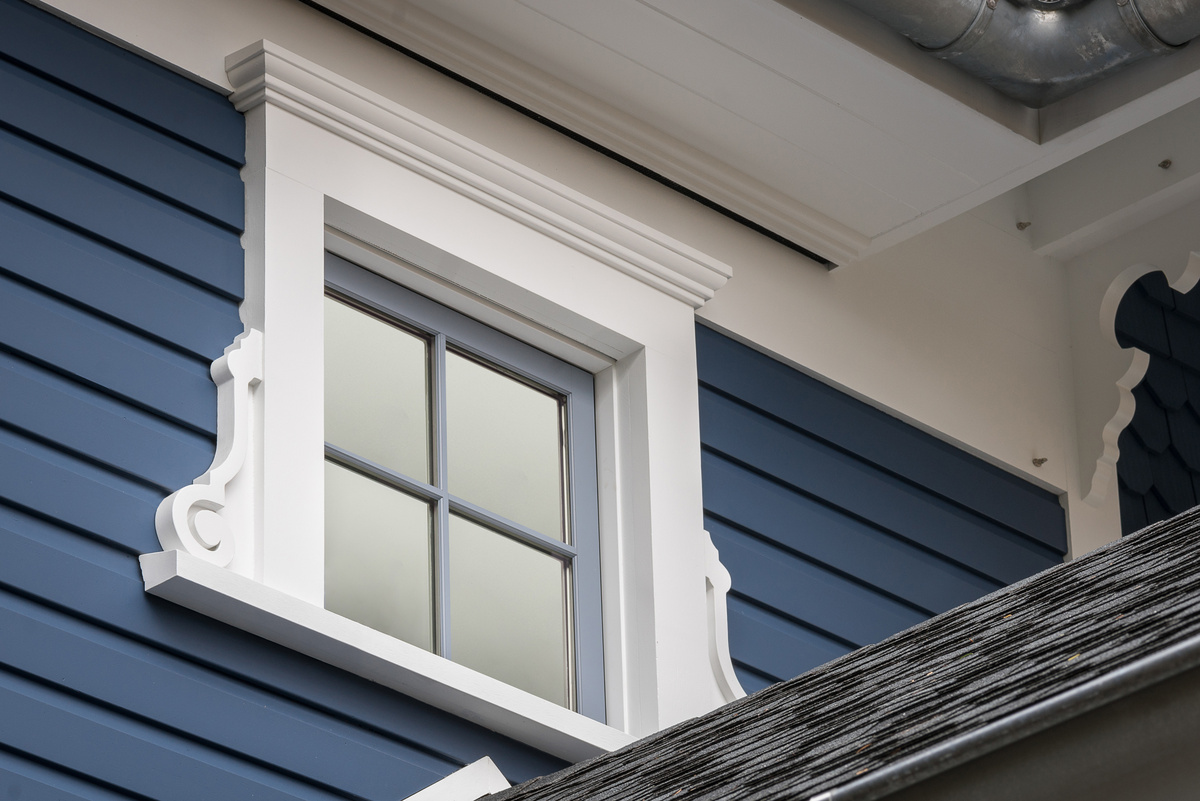
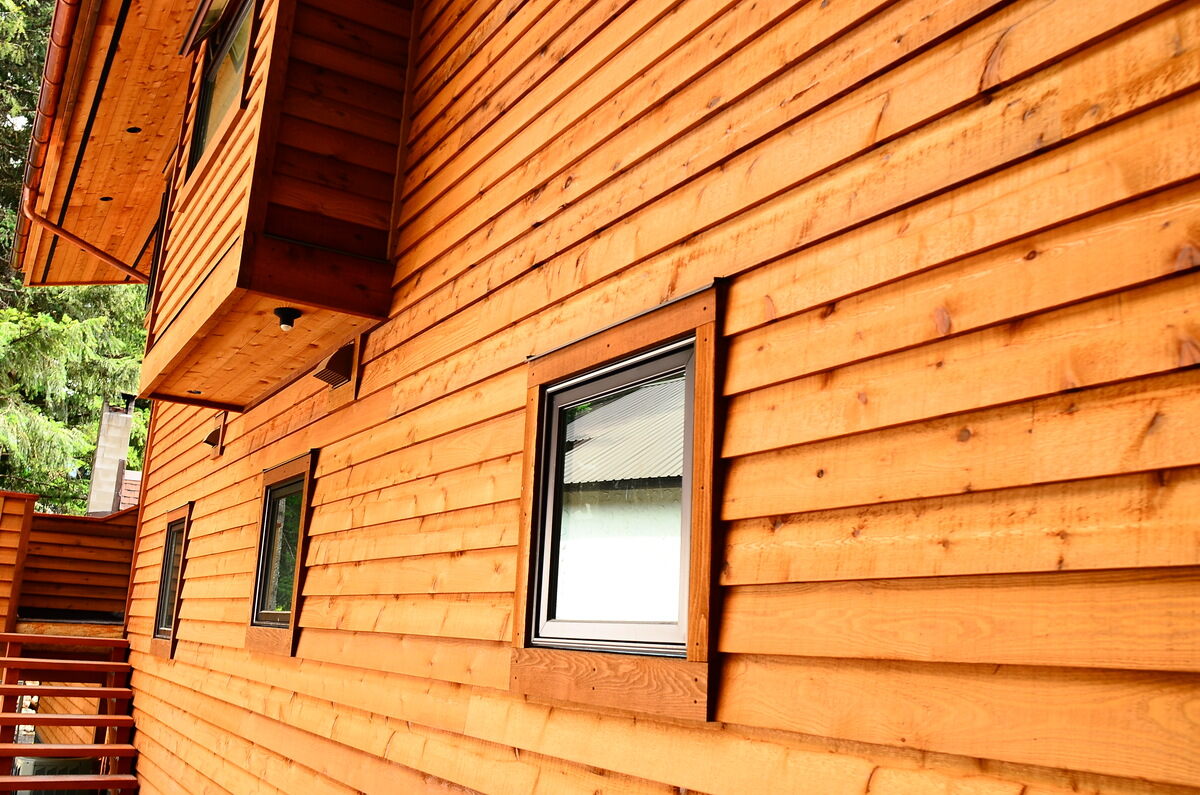
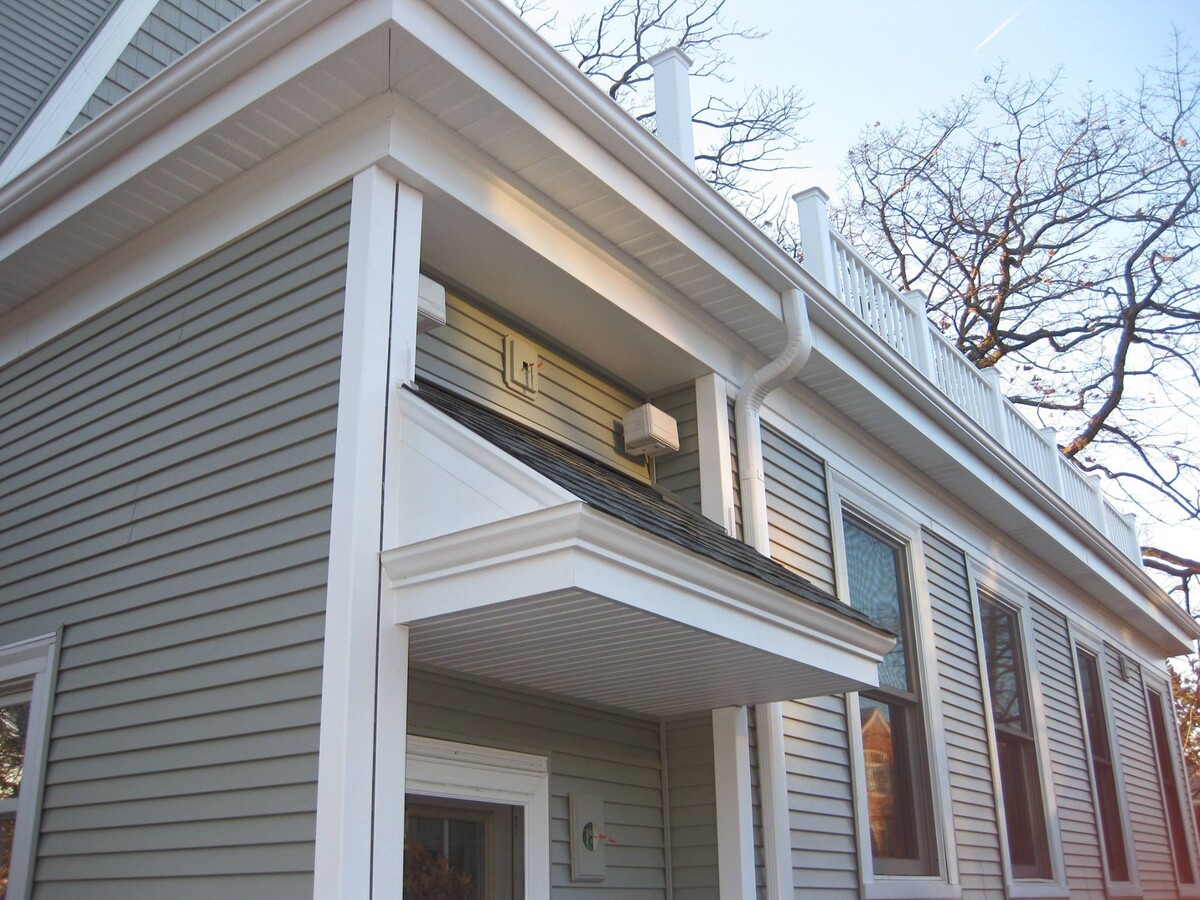
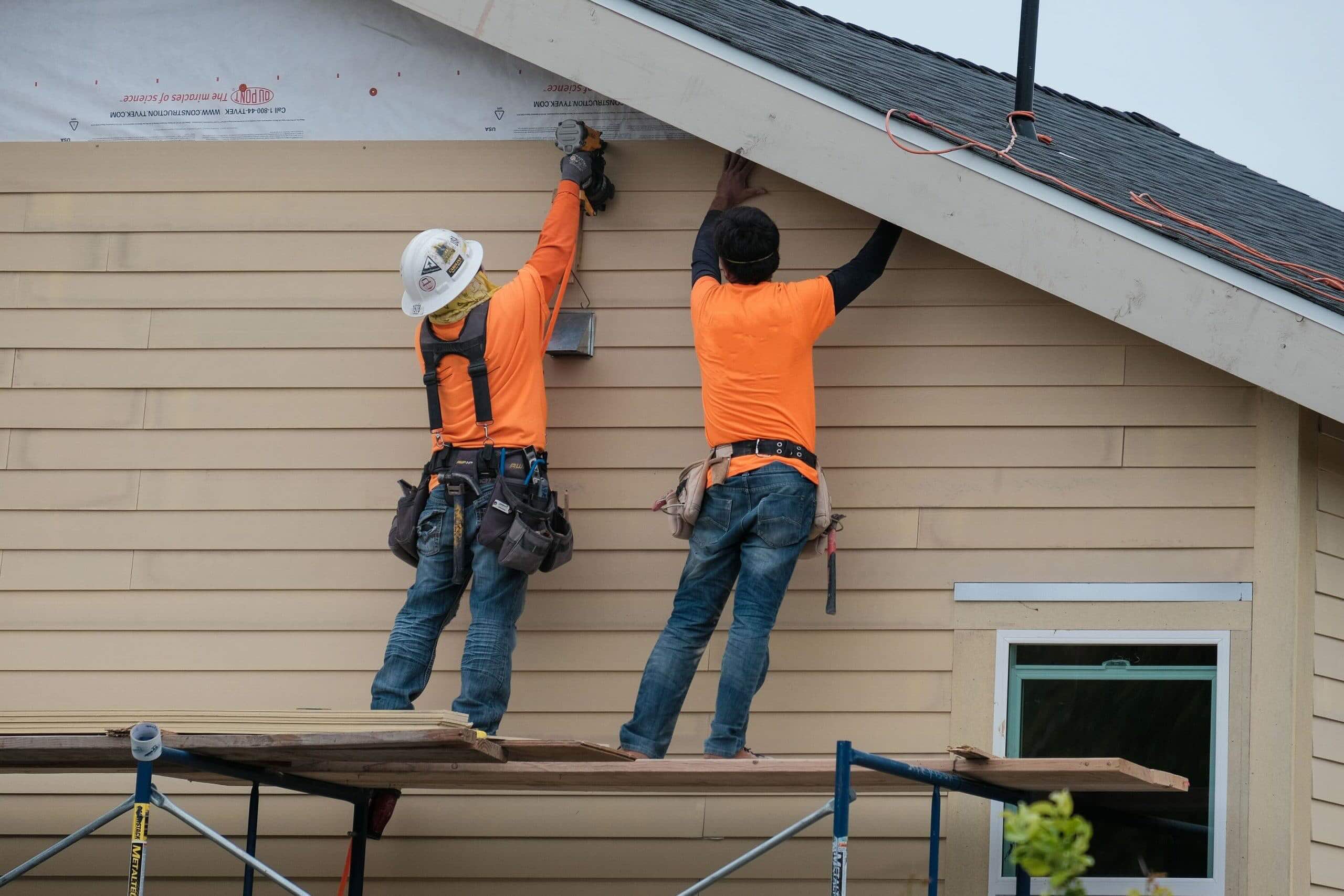
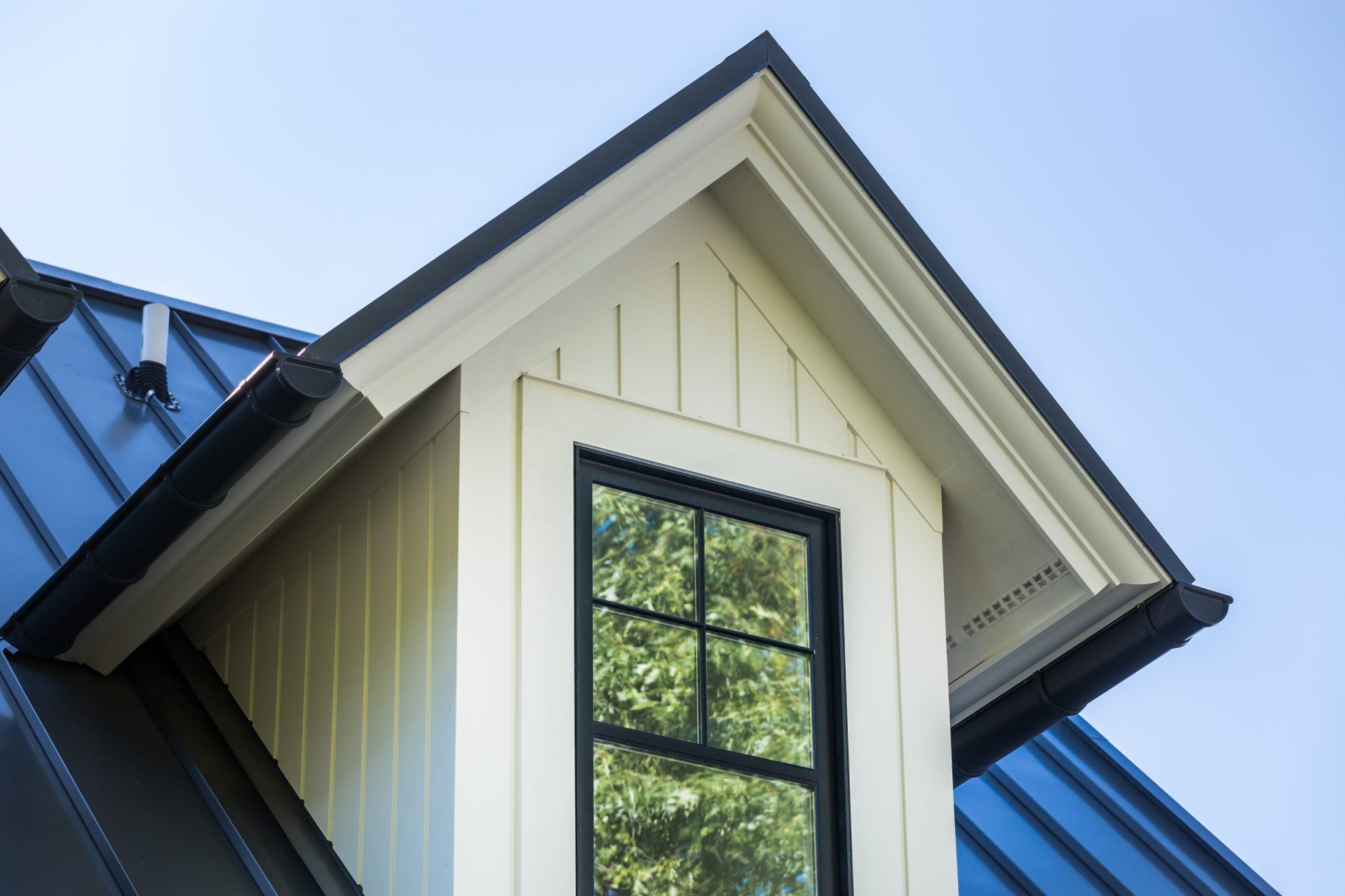
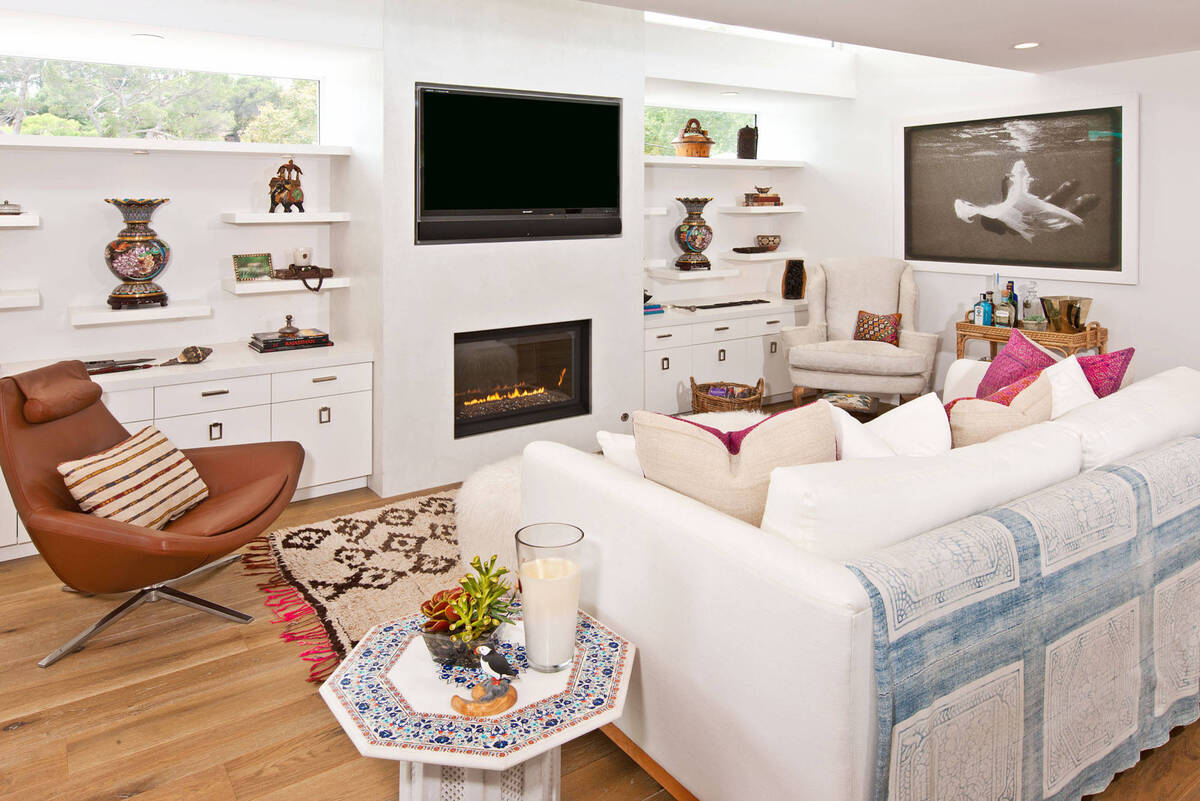
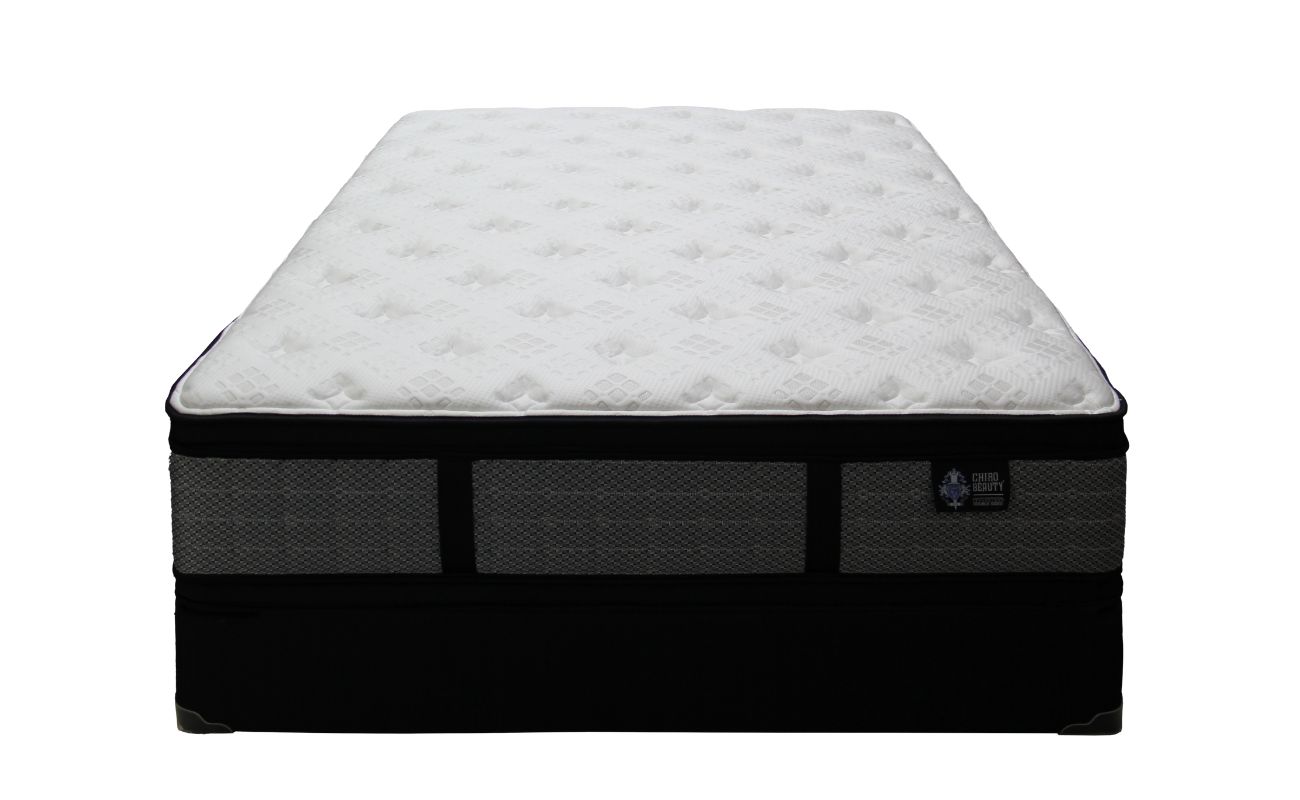
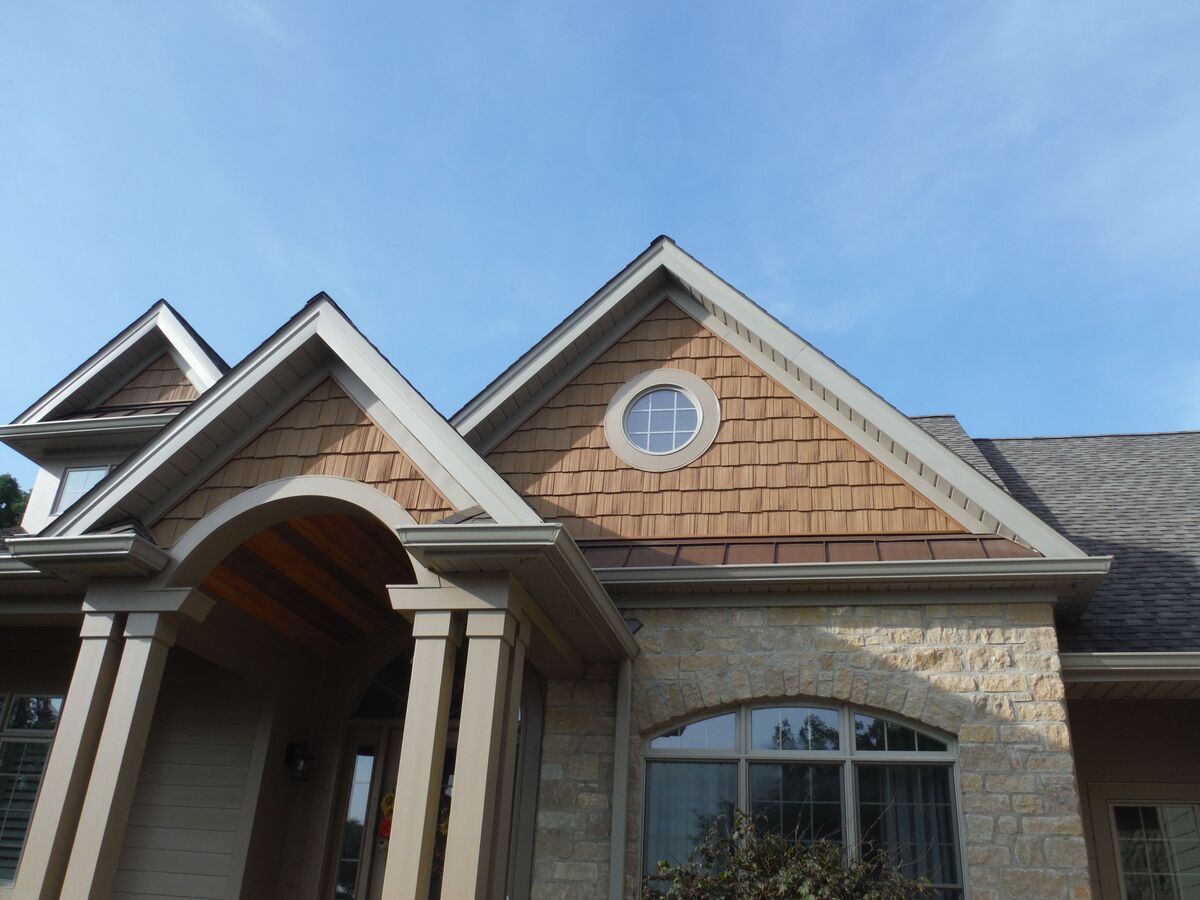
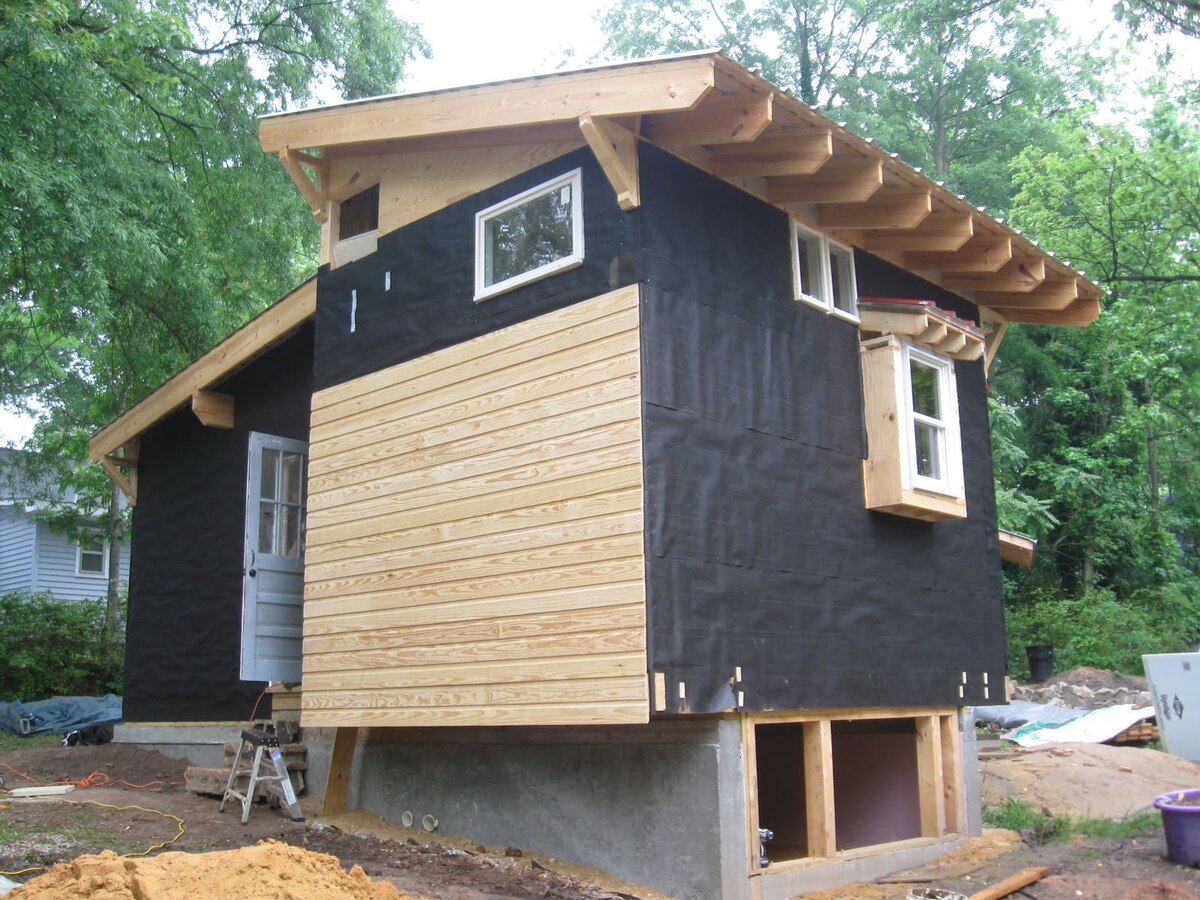
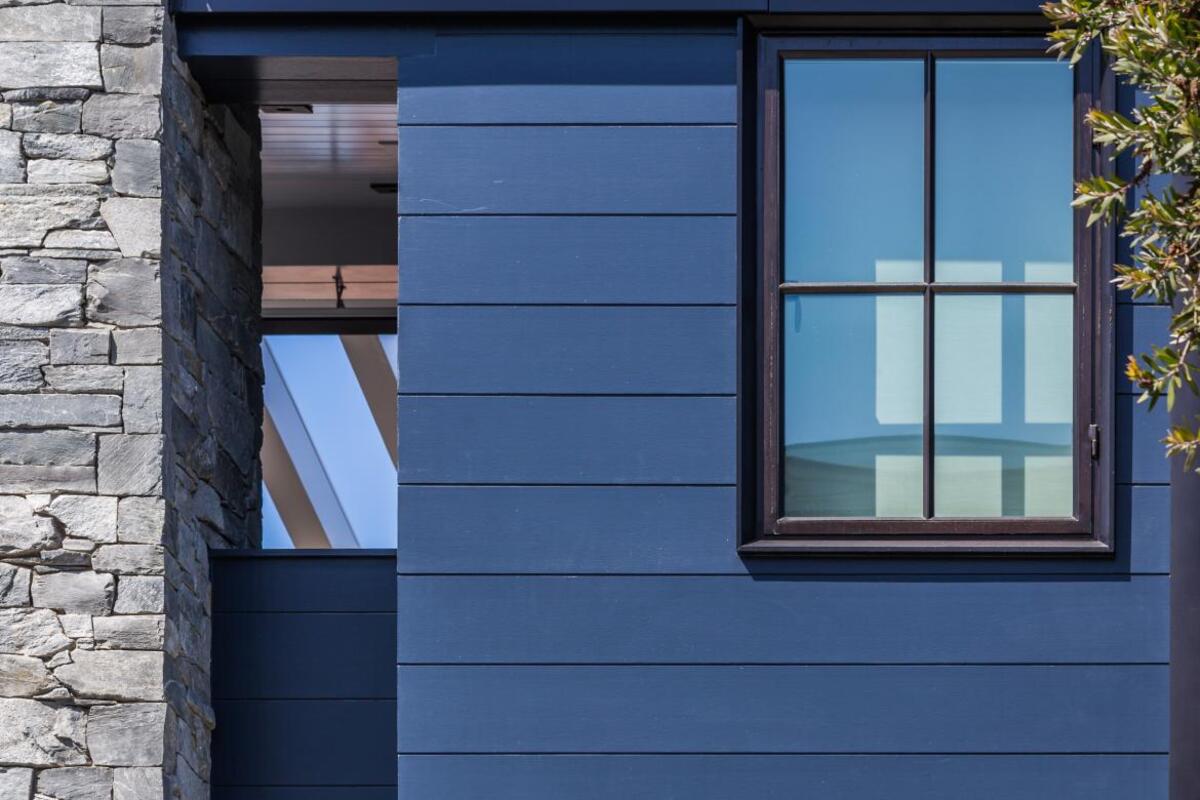

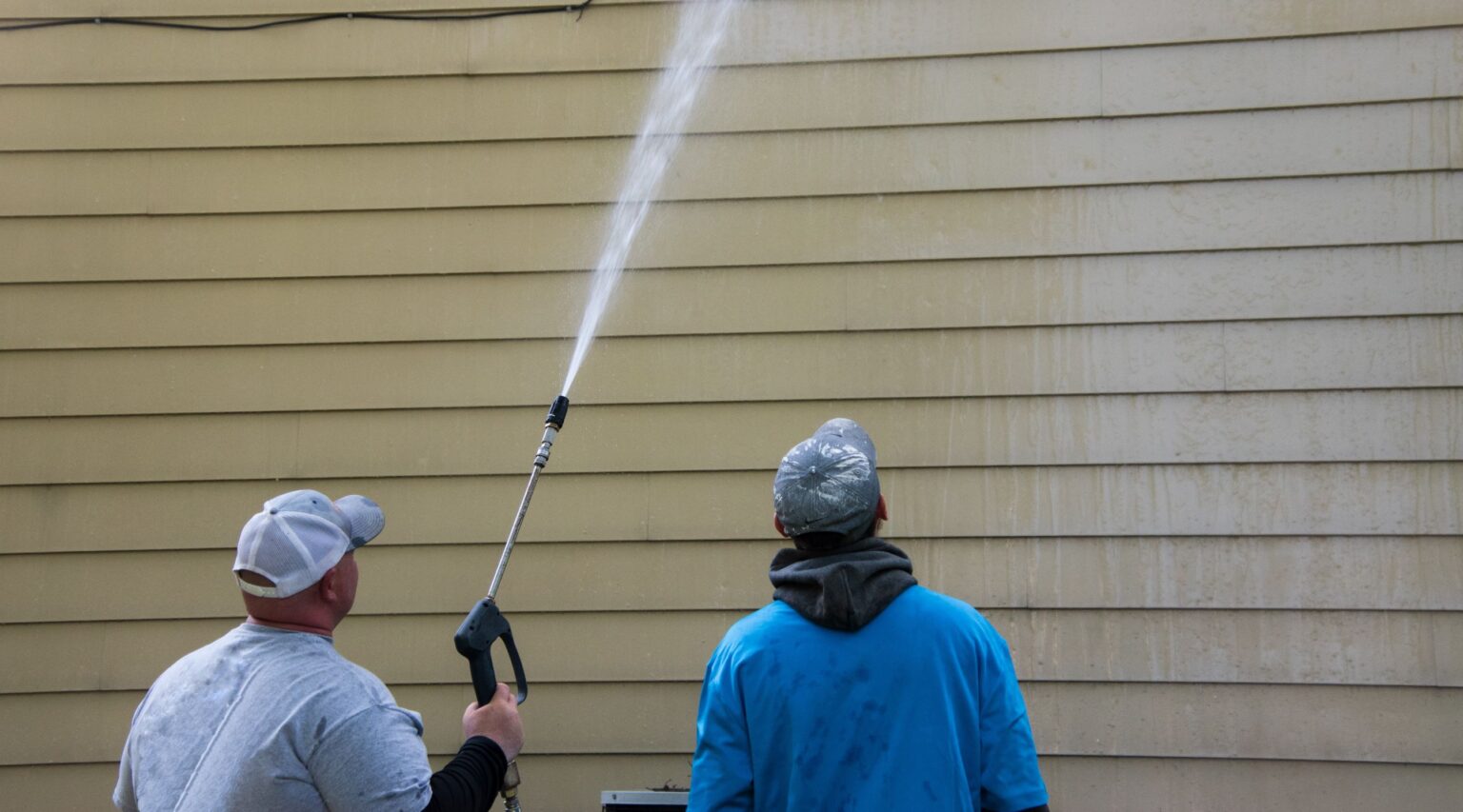

0 thoughts on “What Is Siding”